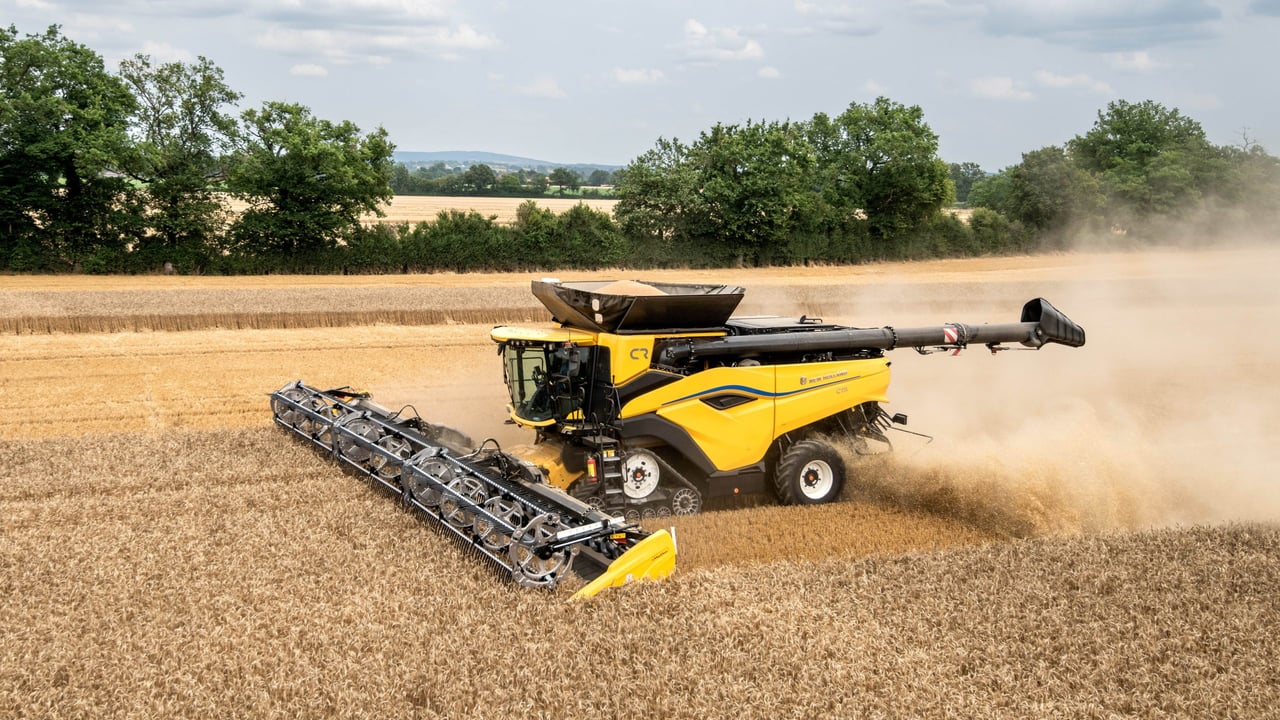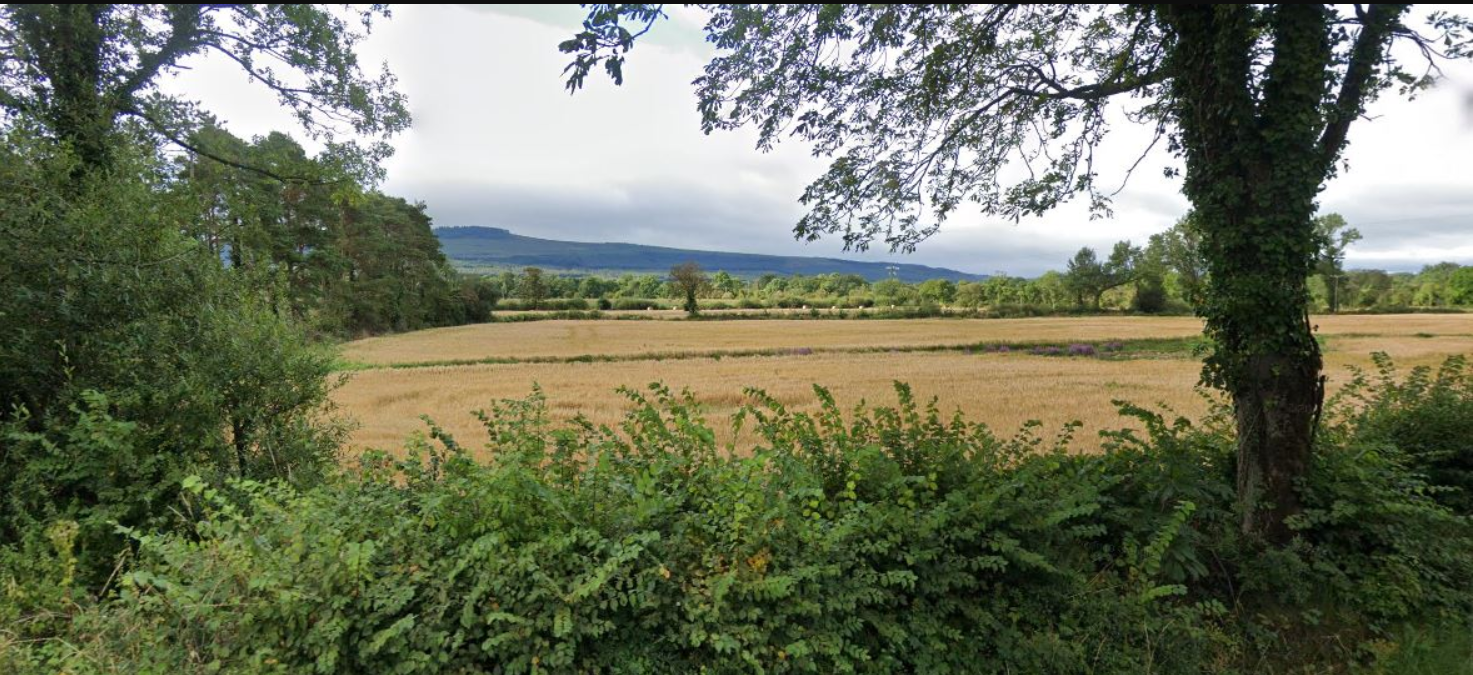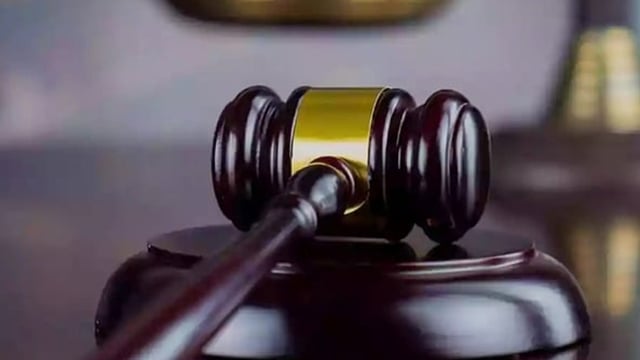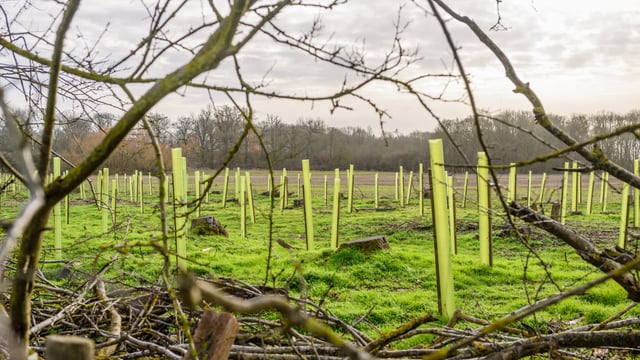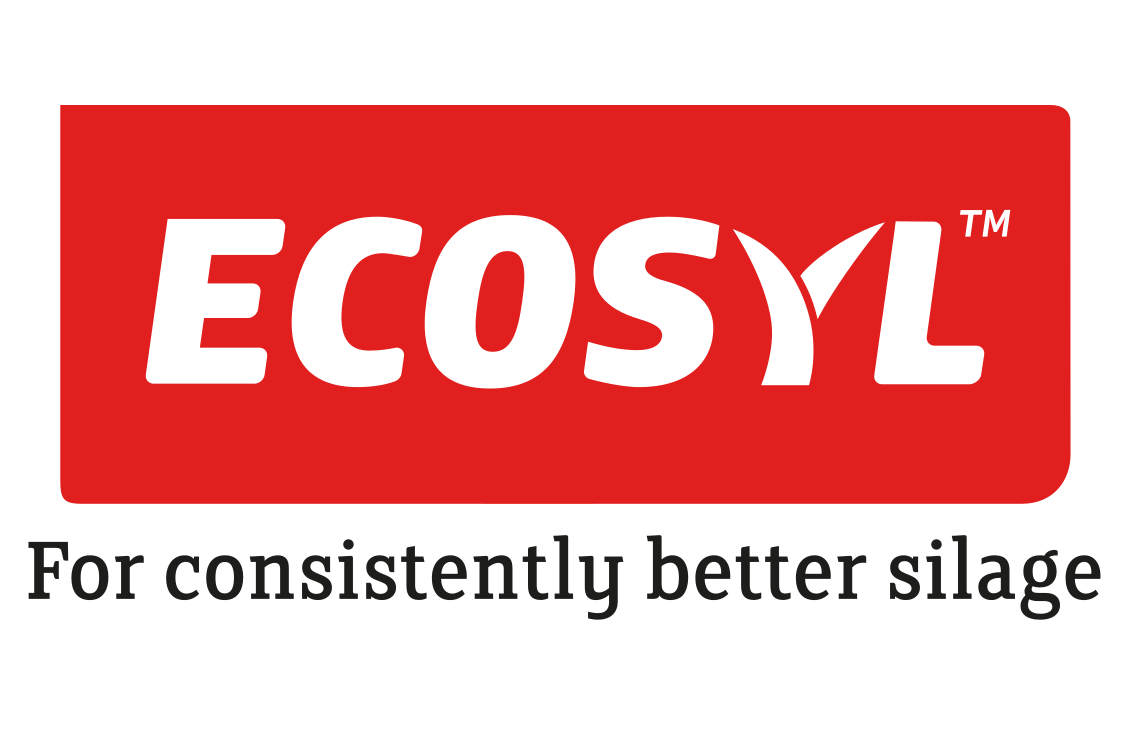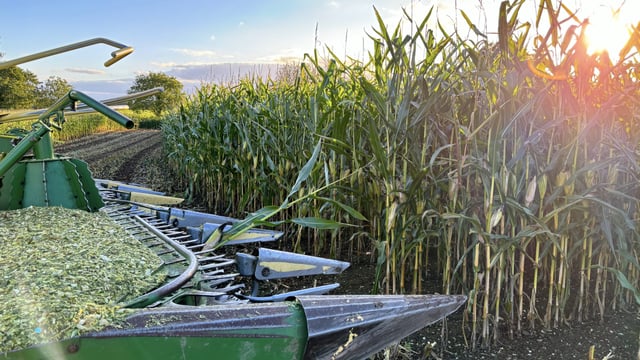Opinion: What constitutes an Irish tillage farmer must be clearly defined
The recent income projections calculated by Teagasc highlight the need to clearly define what constitutes the term 'an Irish tillage farmer'.
The current scenario allows for livestock income from subsidiary livestock enterprises to be included within a tillage enterprise assessment.
And herein lies the problem. The projected increase in tillage incomes published by Teagasc can be entirely attributed to the increase in cattle prices recorded over recent months.
So what about the 4,000 Irish tillage farmers whose enterprises are centred entirety on the growing of crops?
They are now looking at a scenario within which they have no option but to absorb the 10% reduction in international grain prices, recorded over the past year.
And it doesn’t take Albert Einstein to work out that their incomes will be impacted accordingly.
So the question arises: should Teagasc and, for that matter, the Department of Agriculture Food and the Marine (DAFM) introduce a new and additional tillage definition which recognises those farmers that grow crops exclusively?
It is an issue that has much more than abstract farm income assessments linked to it.
For example, over the coming weeks the government will be finalising its plans linked to Budget 2026.
It would be very easy for ministers to take a peripheral look at the recent Teagasc income assessments, and conclude that the tillage sector is on an upward economic trajectory.
In reality, however, very large numbers of farmers who commit to solely growing crops are continuing to make more than significant losses.
This is the real story of Irish tillage in 2025.
Moreover, it is on the basis of such assessments that decisions to support - or not to support - the tillage sector will be made. And this principle is equally relevant for the upcoming Common Agricultural Policy (CAP) review as it is for Budget 2026.
Ireland’s Climate Change Act contains a fundamental commitment to expand the footprint of the tillage sector.
The target that has been set is a cropping area of 400,000ha by 2030. However, we are still some 70,000ha short of this projection.
And, at the end of the day, it is those farmers committed to the growing of crops only who have the wherewithal to expand the tillage sector. They have the equipment and genuine know how to make this happen in the most efficient way possible.
It would make absolute sense for government to recognise this fundamental reality.

